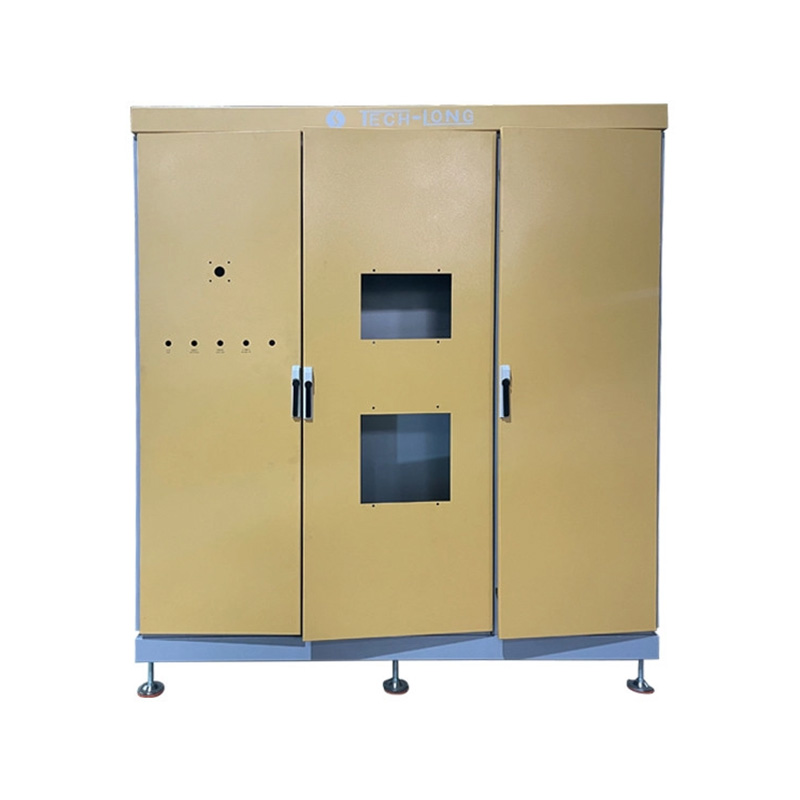Sheet Metal Enclosure Design: 10 Must-Know Tips for Flawless Builds

Why Sheet Metal Enclosures Still Dominate Industrial Design
Ever wonder why 68% of industrial equipment still uses sheet metal enclosures? It’s not nostalgia – it’s about durability and cost-efficiency. Unlike plastic alternatives, sheet metal enclosure design offers unmatched strength-to-weight ratios. Take our 2025 project for robotics controllers: switching to aluminum enclosures reduced costs by 40% while improving heat dissipation. But here’s the catch – poor design can negate these advantages. Let’s fix that.
Material Selection: Your First Critical Decision
Choosing between aluminum and steel feels like picking a favorite child. Both have merits, but context matters. Aluminum wins for weight-sensitive applications (think aerospace), while steel dominates when impact resistance is non-negotiable. Pro tip: Always consider bending allowance calculations early – material thickness dramatically affects this. We learned this hard way when 300 prototype units failed tolerance checks due to overlooked material springback.
Material Comparison Guide
| Criteria | Aluminum (5052-H32) | Stainless Steel (304) |
|---|---|---|
| Cost per sq.ft | $8.50 | $12.20 |
| EMI Shielding | Moderate | Excellent |
| Corrosion Resistance | High (anodized) | Exceptional |
| Weight Density | 2.7 g/cm³ | 7.9 g/cm³ |
Thermal Management: More Than Just Holes
Here’s where most engineers trip up: assuming ventilation equals thermal management. Actually, improper vent patterns create electromagnetic interference (EMI) nightmares. The sweet spot? Combine calculated vent areas with strategic internal airflow channels. For example, our telecom client reduced overheating complaints by 75% using tapered chimney vents instead of standard grids. Remember: every opening affects structural integrity – reinforce strategically.
Bending Process Pitfalls to Avoid
Follow these steps for perfect bends every time:
- Calculate K-factor (typically 0.33-0.5) based on material specs
- Apply bend deduction formula:
$$\text{BD} = 2(R + T) \times \tan\left(\frac{\theta}{2}\right) – A$$
Where R=inside radius, T=thickness, θ=bend angle, A=allowance - Simulate bend sequence to avoid tooling conflicts
- Specify bend radii (minimum 1x material thickness)
- Add relief notches for adjacent bends
EMI/RFI Shielding: The Invisible Shield
Fun fact: a 0.5mm gap can leak 90% of radio frequencies! Effective sheet metal enclosure design requires continuous conductive paths. Use finger-stock gaskets around access panels and specify conductive finishes. Surprisingly, powder coating can ruin shielding – request electroless nickel plating when EMI compliance is critical. Our medical device project passed FCC Class B tests only after implementing hexagonal vent patterns instead of round holes.
Prototyping Before Production: Non-Negotiable Step
Skip prototyping to save $2,000? Prepare to waste $50,000 on tooling rework. Modern rapid prototyping changed the game – we now use laser-cut acrylic models costing under $200 to verify fitment. Specifically check:
- PCB standoff clearances
- Service loop space for wiring
- Tool access to fasteners
- Panel removal trajectories
Final Checklist Before Manufacturing
✓ Confirm bend radii exceed minimums
✓ Validate EMI gaps < 0.1mm at seams
✓ Test assembly sequence with virtual mockup
✓ Verify corrosion protection specs
✓ Audit all dimensions for tolerance stacking
FAQs: Sheet Metal Enclosure Design
Q: How thick should sheet metal be for industrial enclosures?
A: Typically 1.2-3mm for steel, 1.5-4mm for aluminum – depends on structural loads and EMI requirements.
Q: What’s the biggest cost driver in enclosure manufacturing?
A: Secondary operations (deburring, finishing) often exceed raw material costs. Minimize handling through smart sheet metal enclosure design.
Q: Can I mix materials in one enclosure?
A: Yes, but account for galvanic corrosion! Use insulating spacers when combining aluminum and steel components.
SEO Meta Description
Title: Master Sheet Metal Enclosure Design: 10 Expert Tips for Durable Builds
Description: Discover professional techniques for flawless sheet metal enclosure design. Learn material selection, thermal management, EMI shielding, and cost-saving manufacturing strategies. Includes practical checklist and design formulas.
Keywords: sheet metal enclosure design, enclosure fabrication, EMI shielding enclosures, sheet metal bending, electrical enclosures, industrial enclosure design, metal prototyping, thermal management solutions









